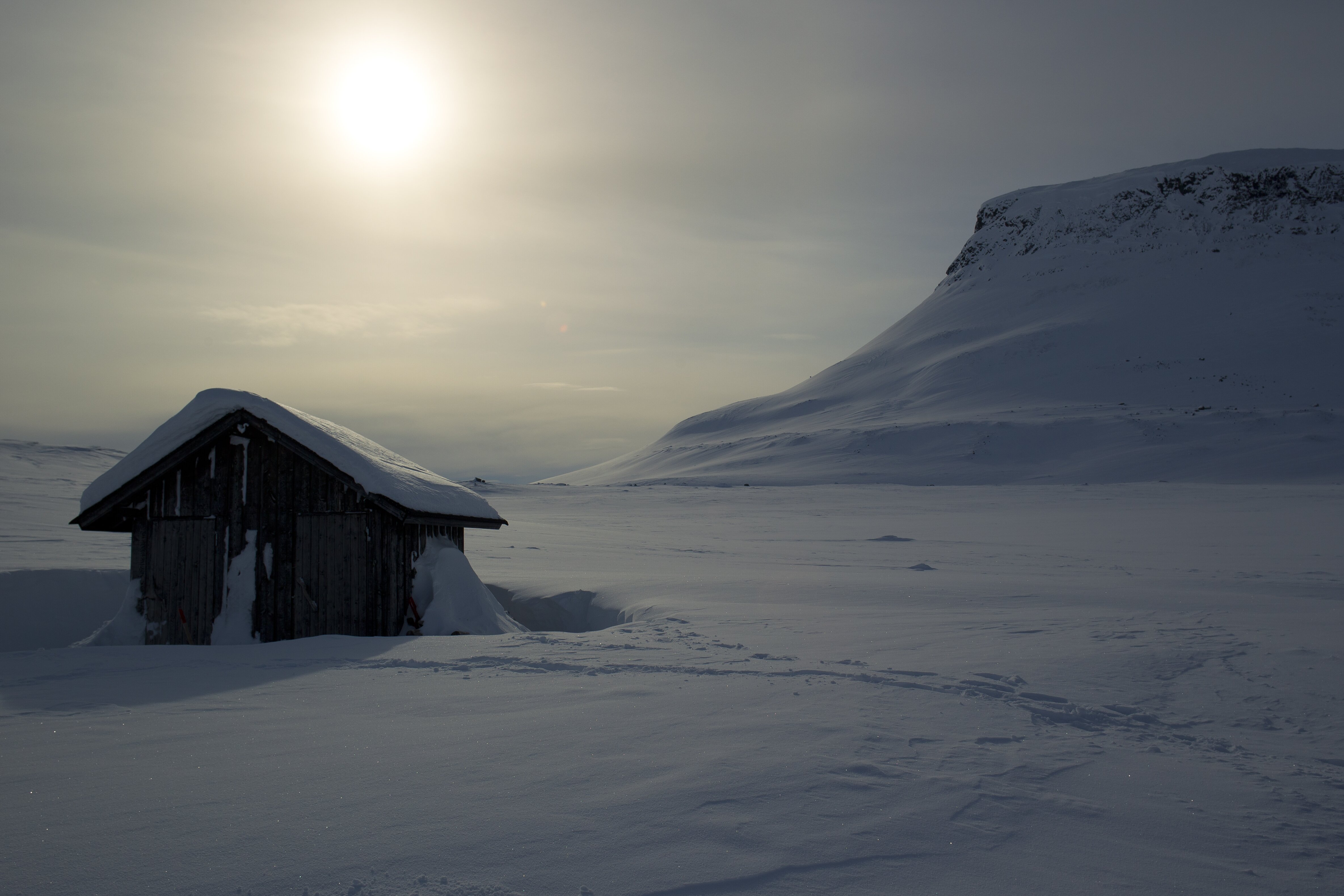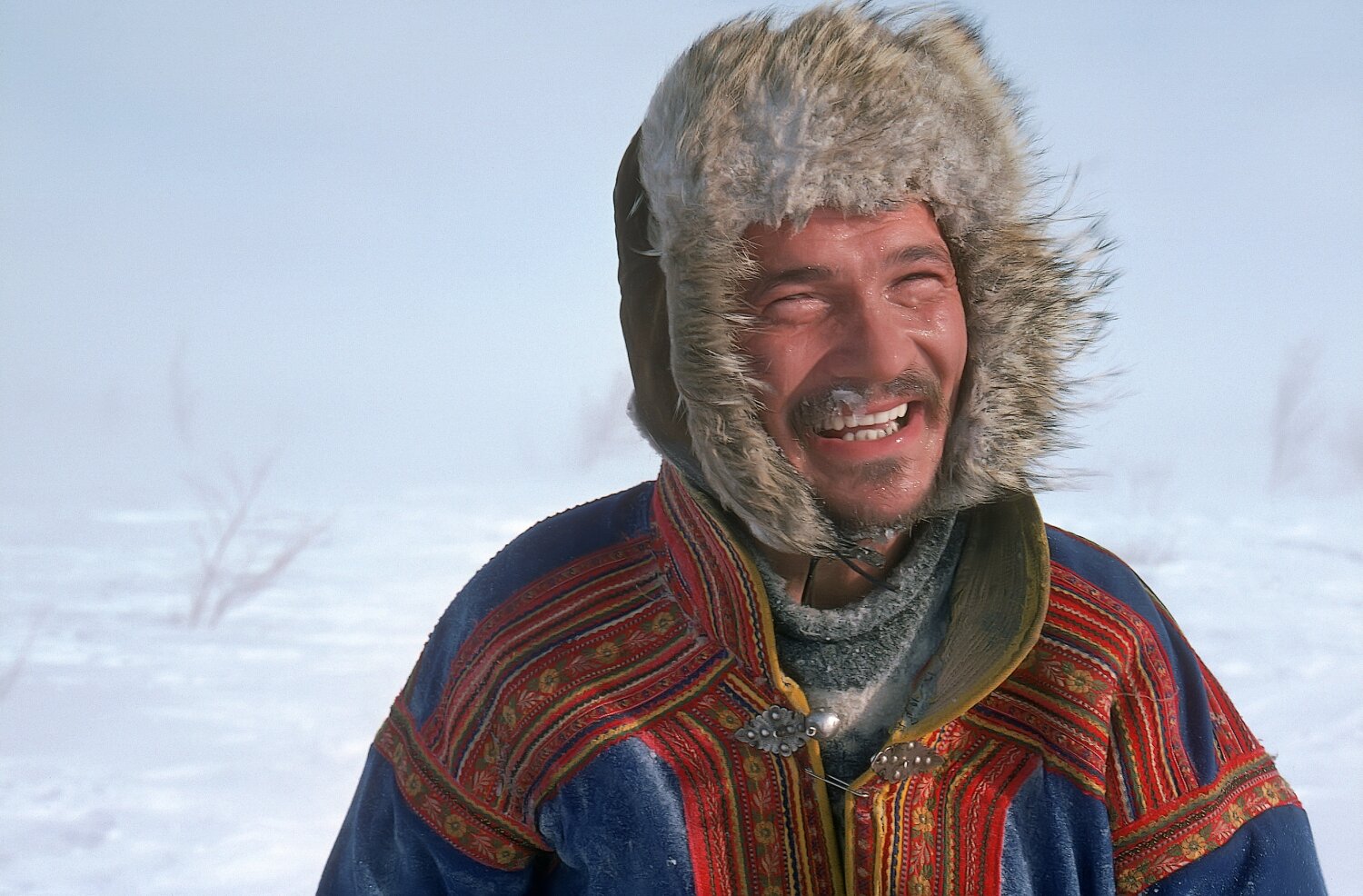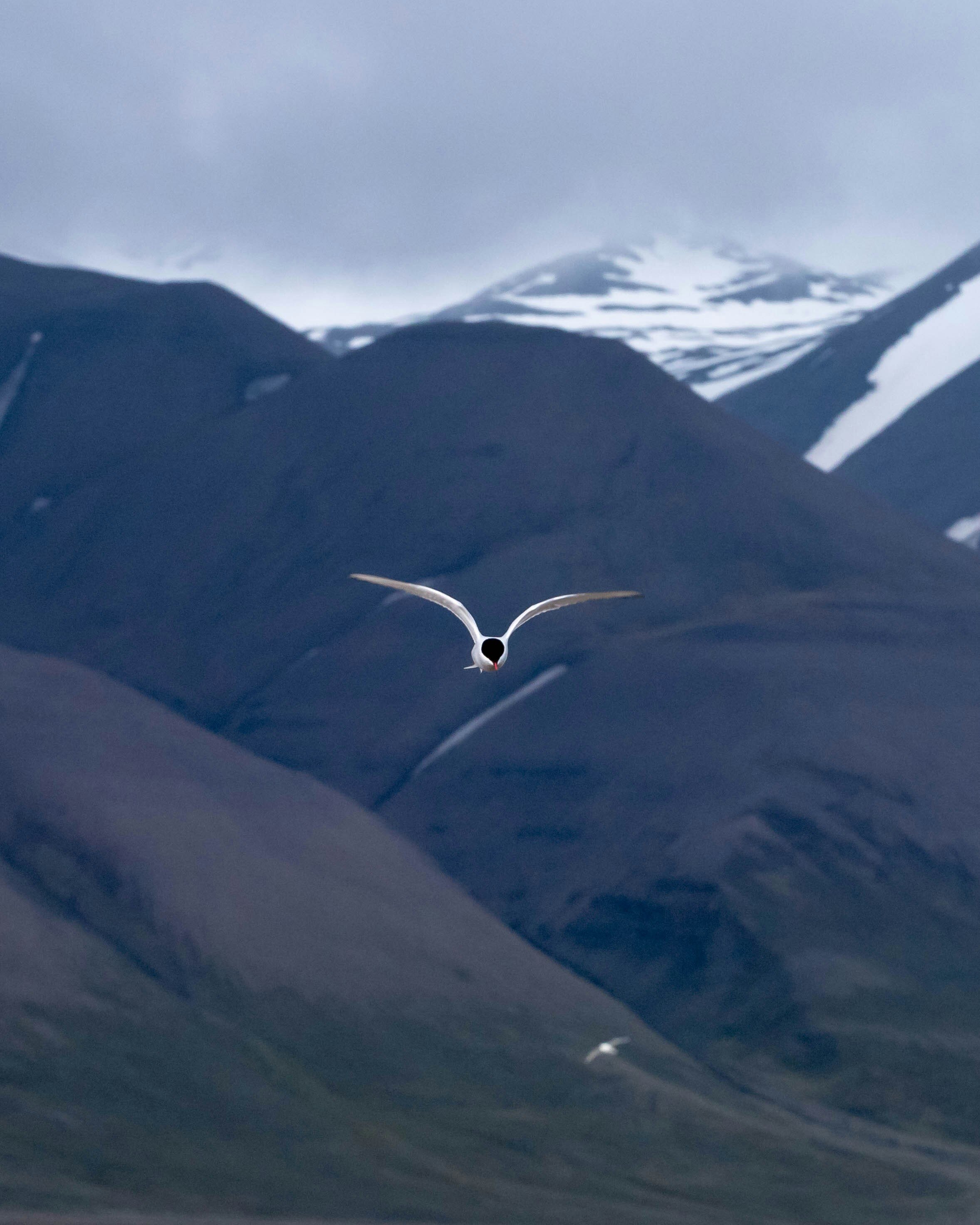Do you dream of crossing the Arctic Circle? Travelling beyond this imaginary line excites the imagination like few other places!
When you look at a map of the Earth, you can’t miss this circle of latitude that sits at the top of the world. It stretches through the northernmost parts of Alaska and Canada as well as Greenland, Iceland’s Grimsey island, Russia, Norway, Sweden and Finland.
Home to the North Pole and Arctic Ocean, the extreme climate has shaped vast frozen landscapes where you’ll discover unique wildlife, indigenous communities with rich cultural traditions and beautiful auroral displays that shine across the night skies.
Read on to discover more fascinating things about the Arctic Circle… and then come experience it firsthand with us!
_w=1240_h=500_pjpg.jpg?v=202509161525)
The Arctic Circle moves.
One of the five major lines of latitude on the globe, the Arctic Circle isn’t fixed. Its position is always shifting. Sitting at approximately 66°33′ north of the equator, the latitude of the Arctic Circle is affected by the Earth’s axial tilt – which fluctuates due to its orbit around the sun and other celestial forces like the moon’s gravitational pull.
Its all-time low temperature is -69.6°C.
This was observed in Greenland on 22 December 1991 at a remote automatic weather station in Klinck. It’s the coldest temperature ever recorded in the Northern Hemisphere.
Before that, Russia was the record holder for the lowest temperature in the Arctic Circle. In the tiny town of Verkhoyansk, -67.8°C was recorded twice (on 5 and 7 February 1892). The village of Oymyakon came close to this in early 1933 with -67.7°C.
However, Antarctica in the Southern Hemisphere lays claim to the world’s lowest temperature. On 21 July 1883 at the Vostok weather station, a mind-boggling -89.2°C was recorded.
_w=1240_h=500_pjpg.jpg?v=202509161525)
The Arctic Ocean is the world’s smallest and shallowest.
Scientists believe the Arctic Ocean was formed over millions of years. Much of it is covered by ice, but the thickness varies depending on the season. The Arctic Ocean comprises 3% of the Earth’s ocean area and just over 1% of the volume. Its average depth is 1,038 metres, with the deepest point at 5,450 metres in the Eurasian Basin.
‘Ice roads’ are found in the Arctic Circle – including Lapland!
Have you seen 2021’s The Ice Road starring Liam Neeson? The thrilling action film is set in Canada’s Northwest Territories, with the story unfolding along ice roads. They really do exist!
Running on top of naturally frozen bodies of water, ice roads are constructed and marked on rivers, lakes and even seas every winter in the Arctic Circle. Among the most famous are Canada’s Tuktoyaktuk Winter Road, which connects to Inuvik, and the Yellowknife Route that’s used for supplying several diamond mines.
In Lapland, there’s an ice road in Juoksenki village that connects Finland and Sweden. Each year it’s constructed by local residents over the Torne River, where you not only cross a border between countries but also between time zones.
_w=1240_h=500_pjpg.jpg?v=202509161525)
The Arctic Circle is home to 4 million people.
There are only eight cities north of the Arctic Circle boasting populations over 40,000. The port of Murmansk in Russia is the largest, with about 270,000 people. Plus there are approximately 40 research stations.
Of the total population living in the Arctic, 400,000 are indigenous representing over 40 different groups who have inhabited this region for thousands of years. This includes the Intuit, Yupik, Aleut, Khanty, Evenk, Nenets, Chukchi and, of course, the Sami from the circumpolar parts of Finland, Sweden and Norway as well as northwest Russia.
The historical and cultural backgrounds among these groups varies, and they account for about 90 distinct languages. All have deep connections to the land and typically engage in traditional livelihoods like hunting, fishing and reindeer herding.
‘Arctic’ comes from the Greek word arktikos.
This translates to ‘near the bear’ and, in terms of navigating by the stars, it refers to the constellation Ursa Major (aka the Great Bear). ‘Arctic’ is also linked to words like the Old French artique and Latin articus pertaining to ‘the north pole of the heavens’.
_w=1240_h=500_pjpg.jpg?v=202509161525)
Arctic terns are counted among the unique birdlife.
These small grey and white birds with glider-like wings and tomato-red beaks have the longest migration route of any animal. They live near lakes, rivers and the open tundra and breed in late spring. At the end of summer, Arctic terns fly to Antarctica – about 25,000 miles away! They are known for following the sun, going from Arctic summer to Antarctic summer. Across their 34-year lifetime, Arctic terns may travel 1.8 million miles – and remarkably they can sleep and eat all while airborne.
Feeling the call of the Arctic Circle? We’ve been taking travellers to Lapland deep inside the Arctic Circle since 1982. In fact, we’re pioneers of trips to True Lapland in the remote northwesternmost arm of Finland. On our Arctic Spirit holidays you can experience the tranquillity and exhilaration of Europe’s last great unspoiled wilderness in villages far away from mass tourism and commercialised resorts.
So if you’re ready to explore the extraordinary, find details and book an Arctic Spirit tour here.
